In recent years, concern over accelerating climate change has put increasing emphasis on ‘going green.’ This broad trend encompasses everything from what we eat to what we wear, to how we build our homes, and how we clean them. With the global impacts of the climate crisis intensifying, any measure that can be taken to slow its pace is not only welcome, but necessary. That extends to everything from macro-level projects, like converting from fossil fuels to renewable clean energy sources such as solar and wind energy, to much smaller scale changes, such as shifting from polluting chemicals when cleaning our homes and buildings to more eco-friendly products that are biodegradable, environmentally safe, and less wasteful.
Why Green?
There are three major reasons to shift to green cleaning in your building or association: It’s better for the environment; healthier for residents, staff, and pets; and often more economical in the long run.
Eco-friendly cleaning products not only reduce air and water pollution but also help fight ozone depletion and climate change. Many household cleaners also contain hazardous chemicals that have been directly linked to respiratory, eye, and skin irritation. Making the switch to greener products can significantly improve your building’s indoor air quality as well.
In addition to that, many old-school cleaning products are what can be called ‘single-task’—they’re intended to do one specific job, and only that job. One product for floors, another for windows, etc. Eco-friendly products are often multipurpose, which means fewer products to purchase and store. And many companies that make these products donate a portion of their profits to the fight against climate change and pollution, which in turn helps the community beyond the walls of your property.
What to Avoid
According to the Environmental Protection Agency (EPA), the most dangerous chemicals commonly found in cleaning products are volatile organic compounds, or VOCs. These include phosphorus, nitrogen and ammonia. VOCs are found in the majority of cleaning products, and are the worst offenders when it comes to environmental contamination. While the majority of pollutants are removed by waste treatment processes, these three chemicals are not. And their impact is felt far beyond the spaces they’re intended to clean; for example, phosphates in laundry and dishwasher detergent trigger the widespread growth of algae in wetlands and waterways. This reduces oxygen levels in the water, which makes for poor quality water that’s unfit for drinking, bathing, and recreation, as well as harmful to wildlife.
Furthermore, even after cleaning, when you open windows to ventilate your space, toxic chemicals are released into the air. New regulations limit the amounts of VOCs in existing non-eco-friendly cleaning products to reduce this problem.
Green Cleaning…or Just ‘Greenwashing’?
Given all the less-than-great side effects of old-guard cleaning products, many managers and building boards are transitioning to greener alternatives. The goal of course is to find products that do not harm the environment and are non-toxic to people and pets, but still get the job done.
Which brings us to smell. Unlike older products that smell strong enough to peel the paint off walls, most green cleaning products are designed to have a mild or imperceptible smell—which, perhaps ironically, makes some doubt their efficacy. Caustic as they are, the smells of ammonia and bleach are powerfully suggestive of deep, thorough cleaning, and some residents (and staff) feel that if the lobby doesn’t reek of bleach after it’s mopped, then it isn’t really clean.
Daniel Wollman, CEO of Gumley Haft, a New York-based management company observes that “some may think certain green supplies are not as effective as more standard cleaning supplies. The process is different with greener products,” he explains. “It may take more time, and may take repeated attempts to clean the target area. That doesn’t mean we shouldn’t try using them consistently. New products come out, and they continue to improve,” he says.
“There’s always been a spectrum of effectiveness amongst green cleaning products,” says Bob Branscombe, director of sales and marketing for Champion Cleaning, located in Methuen, Massachusetts. “Some work really well, and some are weak.”
He also brings up the issue of ‘greenwashing’—the tactic of marketing a product as ‘green’ or ‘eco-friendly’ when it’s nothing of the sort in order to make it more appealing and cash in on consumers’ environmental concerns.
“Greenwashing is a marketing tactic that everyone should be informed about,” Wollman agrees. “Labeling something green when it might just be overly diluted or —believe it or not—maybe just colored green doesn’t make it eco-friendly. Sadly, one top-selling brand with ‘Green’ in its name —and that most people assume is eco-friendly—still makes products containing butyl, a carcinogen.”
Wollman says that “when in doubt, check to see if the product has third party green certification such as the EPA’s Safer Choice, UL’s EcoLogo and Green Seal, to name a few.”
Wollman notes that in one of the more ‘green-conscious’ buildings his firm manages, a condominium on Manhattan’s Upper East Side, the building staff replaced all the cleaning products they formerly used throughout the building with Simple Green All Purpose Cleaner. Simple Green is diluted with water, and its product statements say it is safe for children and pets. “In fact,” says Wollman, “though the Simple Green product line is slightly more expensive than what they used before, [the superintendent] says it’s worth it.”
Another of Gumley Haft’s superintendents agrees that Simple Green is a little pricey. Instead, he uses a competing green product called Odoban. Similar to Simple Green, it’s used as an all-purpose cleaner that’s diluted with water. “We use it to disinfect, clean walls, mop floors that are not marble, and as a deodorizer,” says this superintendent. He adds that “you have to know how to use a product correctly. People like a product that has a pleasant smell. We used to use another product, but it had very strong fumes.” That product was replaced with Odoban.
“Sustainability,” says Branscombe, “has also become a factor in green purchasing. Using dilution control systems rather than ready-to-use, off-the-shelf, pre-diluted products help with this. Much of the cost of cleaning chemicals results from the cost of shipping. Retail products are made for everyone to use them as-is, so they’re pre-diluted—usually at least 90% water—which means you’re paying to ship water. In larger residential communities with onsite staff, we typically install a dilution control station at a work sink. This is a very safe and very cost-effective way to equip our crews.”
Another greener cleaning option for some buildings is a Dupray machine, says Wollman, “which are steam cleaners that use only water to clean, sanitize and deodorize, and are therefore considered green. They’re used for anything from cleaning gym equipment to cleaning and sanitizing floors and other building areas, without the need for any cleaning solutions.” The price for a Dupray machine starts around $549 and can rise to over $4,000, which is a tad more than the classic bucket on wheels and mop for $59.95 from Home Depot—but if your building is serious about getting rid of chemicals without sacrificing cleaning standards, it might be worth the investment.
Greening Beyond Cleaning
Marilyn Sygrove, principal of interior firm Sygrove Design Associates, points out that “as local environmental codes get more restrictive along with energy saving requirements, we’re finding that our clients are requesting more green products in general. From what we hear—partially because this generation of co-op and condo buyers are more concerned about the environment—some people have allergies and sensitivities that need to be taken into consideration, and young families want to protect their children from toxic products. So we are specifying as many green products as possible in our design projects. For instance, 80% wool 20% nylon carpet, which is the greenest and most sustainable carpet product on the market. It is durable, has the widest range of design options, and will look great for 20-plus years. We also specify wall coverings and paint that have low VOCs. All of today’s products have their recommended cleaning products and methods that are the least invasive and chemical-heavy. We provide a written maintenance manual of how the installed products are to be cleaned, and cleaning products/methods recommended by each manufacturer.”
Green products are not only here to stay, but they are also making inroads in all areas of cleaning, maintenance, and even design and construction. As the environmental crisis continues to worsen, the likelihood is that these products will be refined further and become the standard for the way in which we clean and maintain our buildings and communities.
A J Sidransky is a staff writer/reporter for New England Condominium, and a published novelist. He may be reached at alan@yrinc.com.



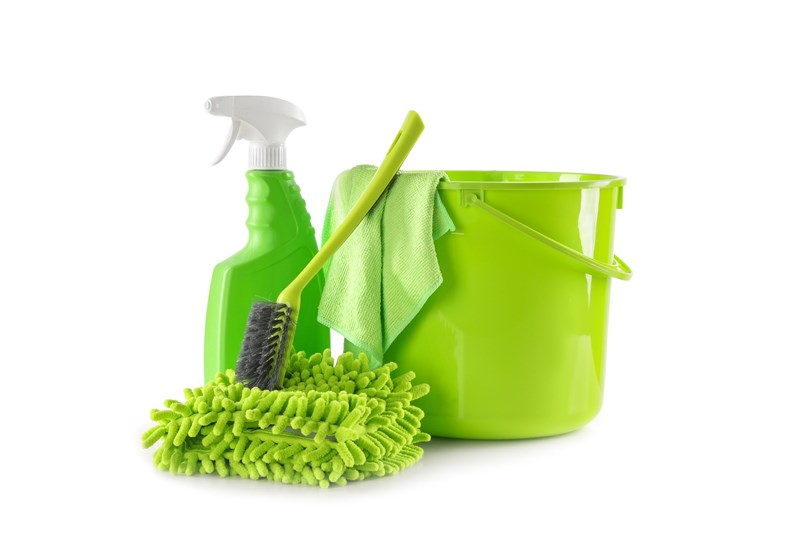
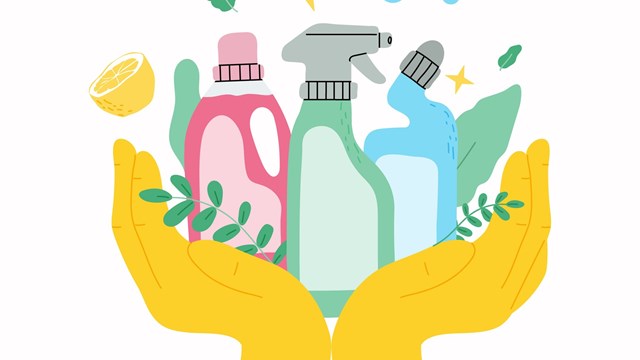
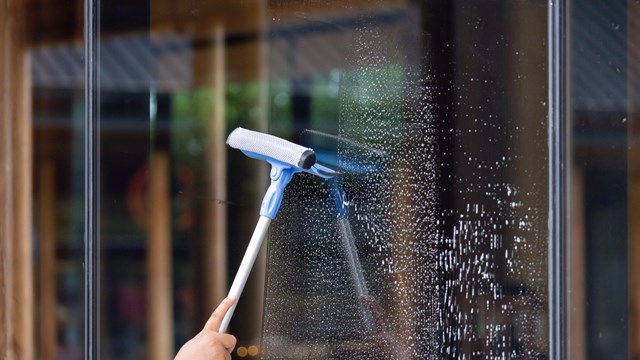
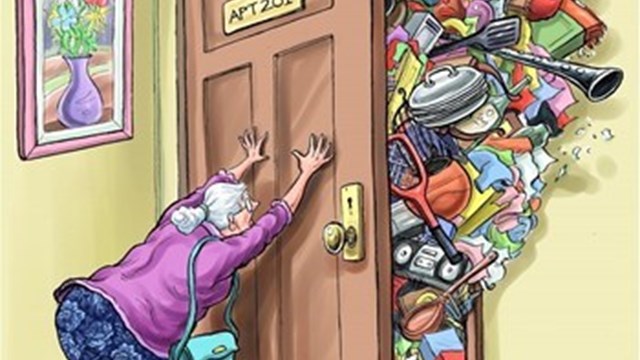
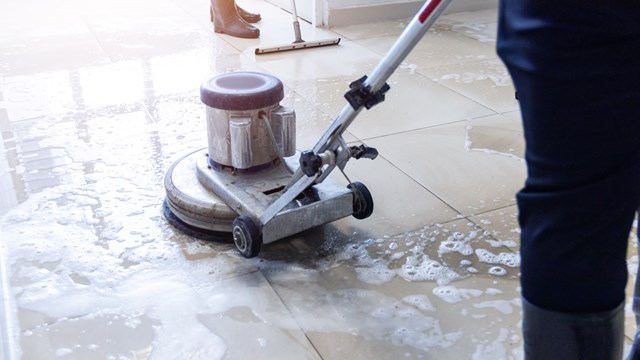
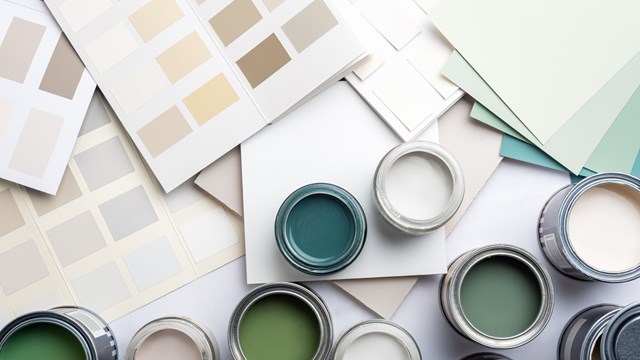
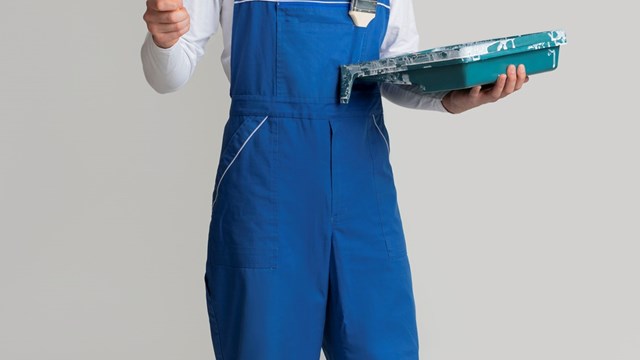
Leave a Comment